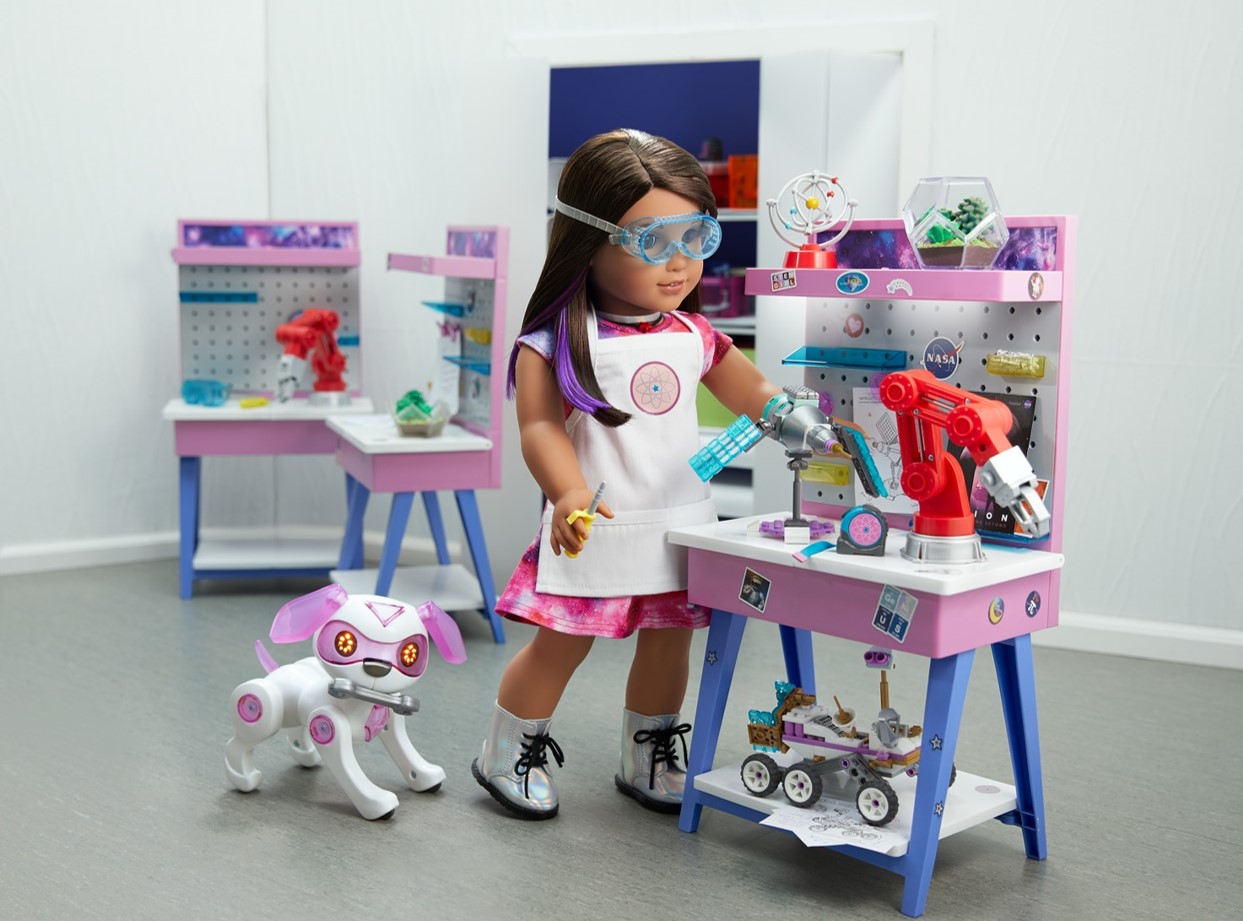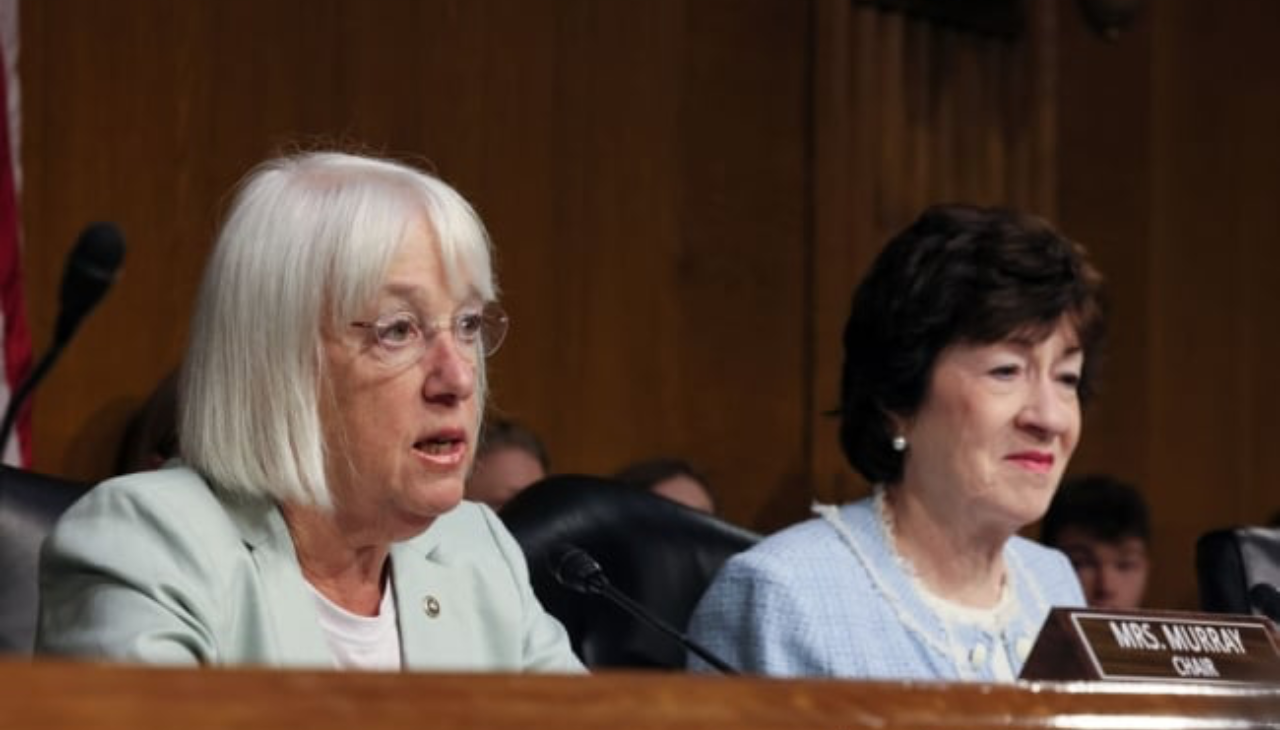
An 11 Year Old Chilean Girl Goes To Space... And She's An Absolute Doll.
The beloved, courageous, and spunky American Girls welcome a new addition to their famous entourage (and she’s even approved by NASA).
Felicity Merriman, Samantha Parkington, Addy Walker, Molly McIntire, Kit Kittredge, Julie Albright, Kaya, Josefina Montoya. These were the young women so many of us “90s babies” looked up to growing up. Their stories of bravery, of overcoming adversity and hardships, of remaining true to their values and remaining fiercely loyal to their friends, of battling sexism, were and still remain inspiring.
They weren’t even real.
In 1986, Pleasant Rowland made the best business decision of her life to begin creating a line of dolls that celebrated American history and multiculturalism in an educative and entertaining way. Topics to be covered by way of the doll characters included “child labor, child abuse, poverty, racism, slavery, alcoholism, animal abuse, and war,” all while remaining adorable.
This innovative concept was a risky one, but the payoff was remarkable.
American Girl Dolls weren’t just well-made, soft-tummied, durable, sweet playthings, they became a national sensation.
Soon, “American Girl” consisted of a world where dolls came accompanied with intricately plotted books and layered personas, had a variety of clothing and accessory options to choose from, and even had live-action films starring big-name child actresses based on them.
The company has since expanded their selection of dolls, books, and games, augmenting the brand’s scope while remaining true to its core mission: teaching valuable lessons to children through unexpectedly multifaceted (and cute) products.
Now, people can create a doll “that matches your style and spirit”, with different face shapes, skin tones, hair textures, and personality traits to choose from. They can even be purchased with pierced ears, hearing aids, braces, or freckles. And, bonus, you can match with your doll.
American Girl also introduced a “Girl Of The Year”, a limited edition doll with her own mobile app and interactive desktop adventure, unique clothes and accessories appropriate and smart for her time period, and of course, books.
In 2005, Marisol Luna became the first Latina “Girl Of The Year”, and now, over a decade later, American Girl has graced us with another, and she’s truly out-of-this-world.
Meet Luciana Vega, a Chilean-American 11 year old with the dream of reaching Mars.
RELATED CONTENT
The character, described as “creative and confident with a serious science streak”, comes at a time when it is imperative to encourage girls to break out of their shells and thrive in traditionally male-dominated fields, especially in STEM (Science, Technology, Engineering, Math).
Hispanics and Latinos have felt the brunt of stereotypes hurled in their direction by politicians these past two years, and so perhaps the decision to make Luciana a girl with a minority background was an intentional and direct response to these offensive pigeonholes.
It wouldn’t be the first time that American Girl has chosen to confront politics or progressive parables, rather than shying away.
Luciana Vega was created with an advisory board, which included Chief Scientist of NASA Dr. Ellen Stofan, Dr. Kim Tolley, an education historian from Notre Dame de Namur University, Chilean cultural experts, and Erin Teagan, a former biochemist turned children’s author.
In a blog post titled Why Luciana Matters, American Girl representatives wrote that Luciana will embody “enduring values- like authenticity, fairness, respect, and perseverance” to promote and provide “a solid foundation for facing new challenges and solving problems in an ever-changing world.” She is meant to encourage girls to recognize their “infinite potential”, to get girls excited about STEM, and to learn “to be brave enough to fail”.
All of this good, as it so often does, comes with a price. American Girl Dolls are no commonplace Barbie or Bratz. Luciana is listed for $115, which does not include her flight suit, Mars habitat, maker station, robotic dog, telescope projector set, visitor center accessories, sparkling star slippers, or the second book in her series, Braving The Deep.
Still, the potential lessons and the symbolism of a sciencey Latina character marketed to young girls is invaluable. She can be purchased online, or at official American Girl mega-stores nationwide.











LEAVE A COMMENT:
Join the discussion! Leave a comment.